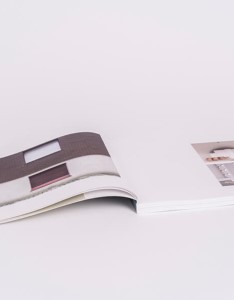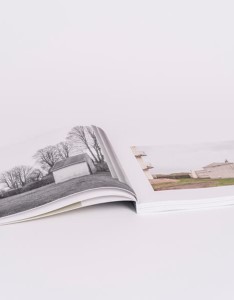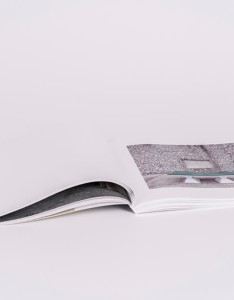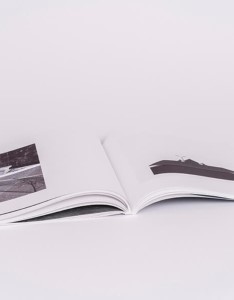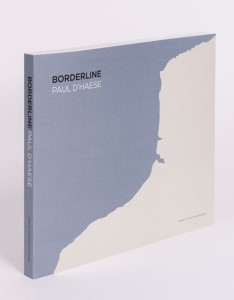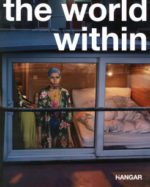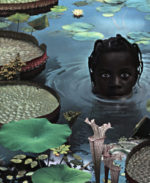1ère édition tirée à 450 exemplaires.
Stockmans présente la dernière œuvre de l’artiste belge Paul D’Haese, Borderline. Cette nouvelle série photographique a été réalisée au cours de randonnées le long de la côte nord de la France. Paul D’Haese s’est concentré sur la frontière entre le pays construit et la mer. La côte nord de la France est marquée par l’histoire : le mur de l’Atlantique, la libération, les camps de réfugiés. Dans cette optique, l’artiste a étudié toutes sortes d’interactions de manière non documentaire : celles entre la terre et la mer, le solide et le trouble, l’intérieur et l’extérieur, l’enfermement et la libération. Paul D’Haese a lié ces thèmes à la recherche de l’identité, avec le trouble de la personnalité « borderline » comme cas extrême. Il y a trois ans, il a eu pour la première fois l’idée d’explorer cette ligne de démarcation. Depuis, il suit un itinéraire d’environ 350 km à vol d’oiseau, de Bray-Dunes au Havre. Il a traversé une cinquantaine de villages et de villes, avec son appareil photo, d’abord en voiture, puis à vélo, et enfin à pied. Borderline fait suite à Winks of Tangency, un projet où il ne faisait que « toucher » la surface, l’écran, le mur, la frontière. Cette fois, il a perforé la frontière en la photographiant ; co-édité par Hangar Photo Art Center et Stockmans Art Books.
1st edition of 450 copies.
Stockmans presents the last work of the Belgian artist Paul D’Haese, Borderline. This new photographic series has been carried out during hiking trips along the northern French coast. Paul D’Haese focused on the border between the built-up country and the wide sea.
The northern French coast is marked by history: the Atlantic Wall, the liberation, the refugee camps. With this in mind, the artist has investigated all kinds of interactions in a non-documentary way: the ones between land and sea, solid and turbid, intern and extern, locked up and liberated. Paul D’Haese linked these themes to the search for identity, with the ‘borderline’ personality disorder as the extreme case.
Three years ago, he conceived, for the first time, the idea of exploring this boundary line. Since then, he has been following a route, about 350 km as the crow flies, from Bray-Dunes to Le Havre. He has crossed about fifty villages and towns, with his camera, first by car, then by bicycle, and finally on foot.
Borderline follows Winks of Tangency, a project where he only ‘touched’ the surface, the screen, the wall, the border. This time, he perforated the borderline by photographing it ; co-edited by Hangar Photo Art Center and Stockmans Art Books.


